Does it Snow in Australia During The Winter Season?
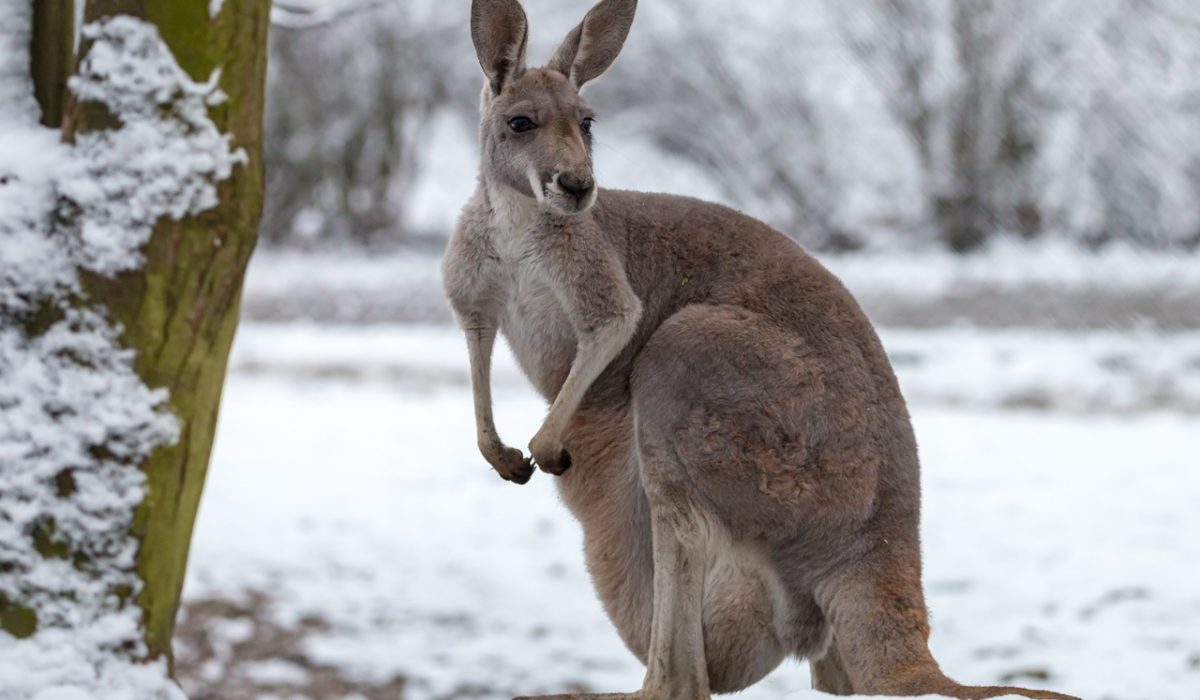
The Land Down Under, Australia is a fascinating destination. Both a country and continent, Australia has a diverse range of climate zones, much like the various natural wonders it offers. Its seasons, in particular, are a perplexing topic. While countries in the Northern Hemisphere are covered in snow during winter, in Australia, people are heading to the beaches in Gold Coast and Sydney. Because of this, many travelers ask: does it snow in Australia?
If you are one of those curious travelers, read further to know about the weather in Australia. Consider heading south and experiencing winter in the Land Down Under, and eventually have your “does it snow in Australia?” questions answered.
What Is the Climate Like in Australia?
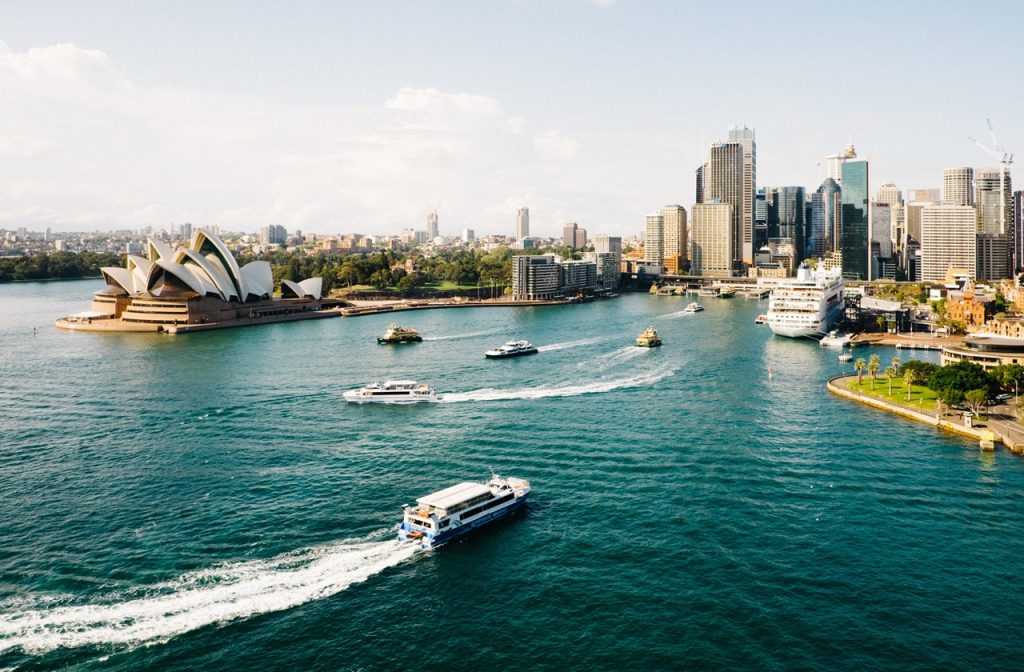
Photo by Dan Freeman on Unsplash
Because of its size, Australia’s climate depends on the area. The northern areas of Australia have a tropical climate, while the southern areas are cooler. In addition to that, the northern parts of Australia experience hot and humid summers and dry winters. On the other hand, southern parts have rainy winters and mid-summer days.
In the desert areas, also called “the outback”, the temperature can reach 50°C and more and can experience years without rainfall. Occupying almost 70% of the whole of Australia, the outback can have very hot summers and freezing winters. Desert conditions are unpredictable in Australia. It may not rain for a long time or it may rain continuously, which can cause flooding and create salt lakes.
Does it snow in Australia?
To answer your question, yes, it snows in Australia. However, it only snows in some locations. Snowfall reaches mountainous areas of New South Wales and Tasmania and the Alpine Region in Victoria. Queensland and other parts in Western Australia and South Australia also experience snow, although not as frequently.
Weather in Australia by Province
Australian Capital Territory
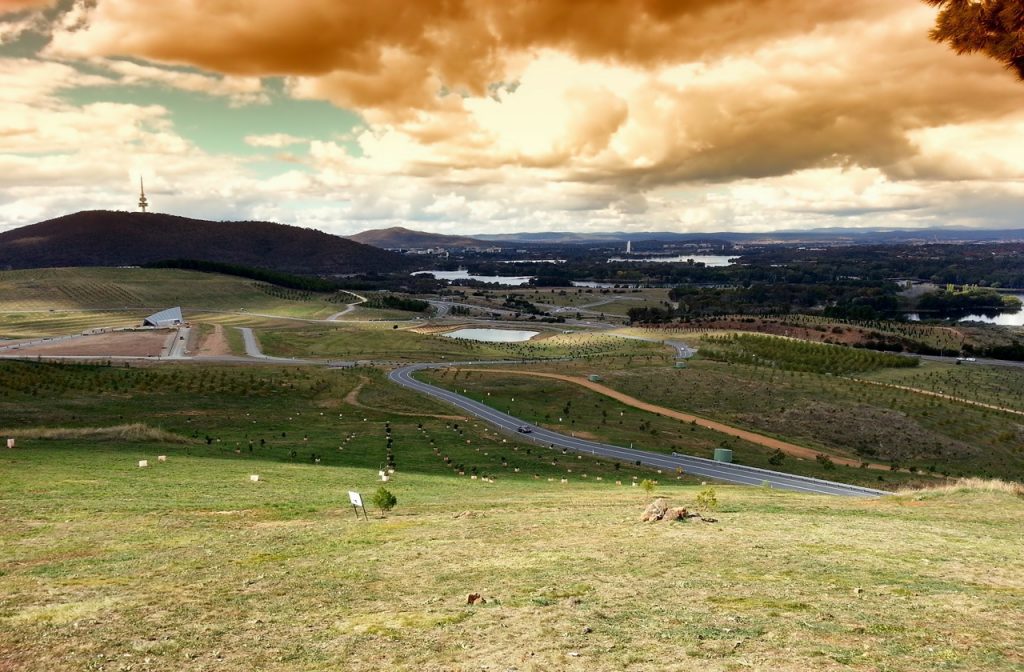
Photo by 12019 on Pixabay
The Australian Capital Territory (ACT) experiences four distinct seasons, thanks to its higher elevation and distance from the coast. Summer (December to February) is the hottest season with dry days and nights. Temperatures can rise up to 86°F (30°C), and the average temperature is at 80°F (27°C). January is normally the hottest month in the province, although it tends to cool down by evening.
On the other hand, winter in the Australian Capital Territory is cold, occurring between June and August. The temperature averages at 32°F (0°C) at night and 50°F (10°C) during the day. The Winter season also brings in clear and sunny skies. Although snowfall has occurred in the province, it is still considered rare.
New South Wales
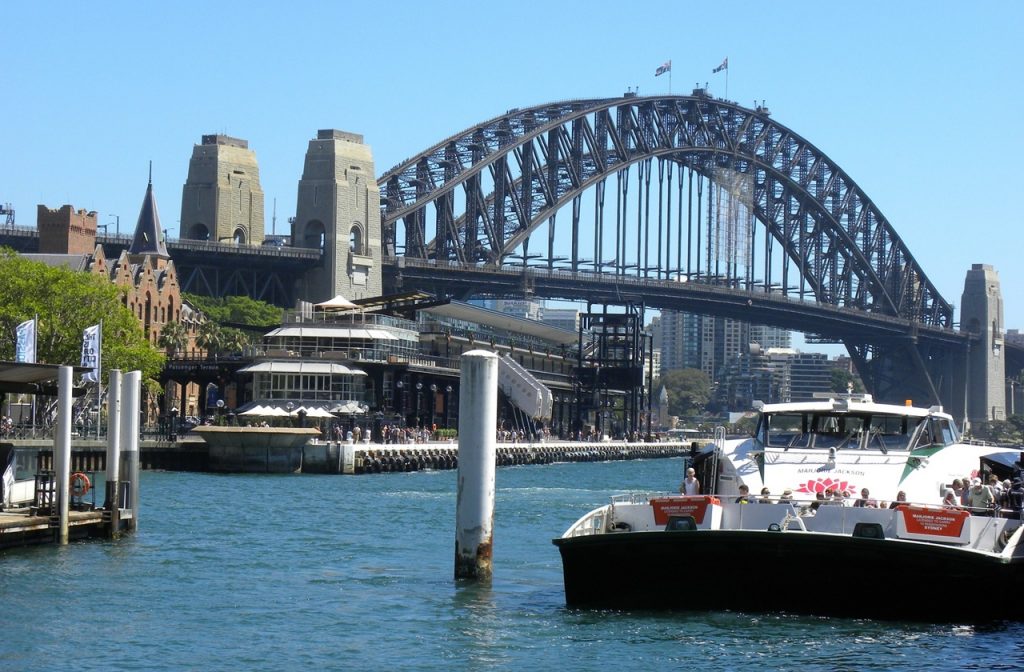
Photo by Wolfgang_P_aus_E on Pixabay
New South Wales weather is relatively mild with four seasons. Summer (December to February) is hot and dry, and maximum temperature can reach as high as 86°F (30°C). Although summer can be very humid, New South Wales doesn’t experience extreme hot or cold weather. Additionally, the northwestern part of the state is the hottest region. Springtime (September to November) offers sunny days with lush greenery, perfect for whale watching.
During Autumn (March to May), expect balmy yet pleasant weather. Take note that rainfall is common during this season, with the northwestern area receiving less rainfall as compared to other regions. Winter occurs between June and August, and temperature ranges between 45°F (7°C) and 61°F (16°C).
Now, the question is, “does it snow in Australia’s New South Wales territory?” Well, it snows most especially in the colder regions. At the Snowy Mountains, snow and frost are common during the winter season.
Northern Territory
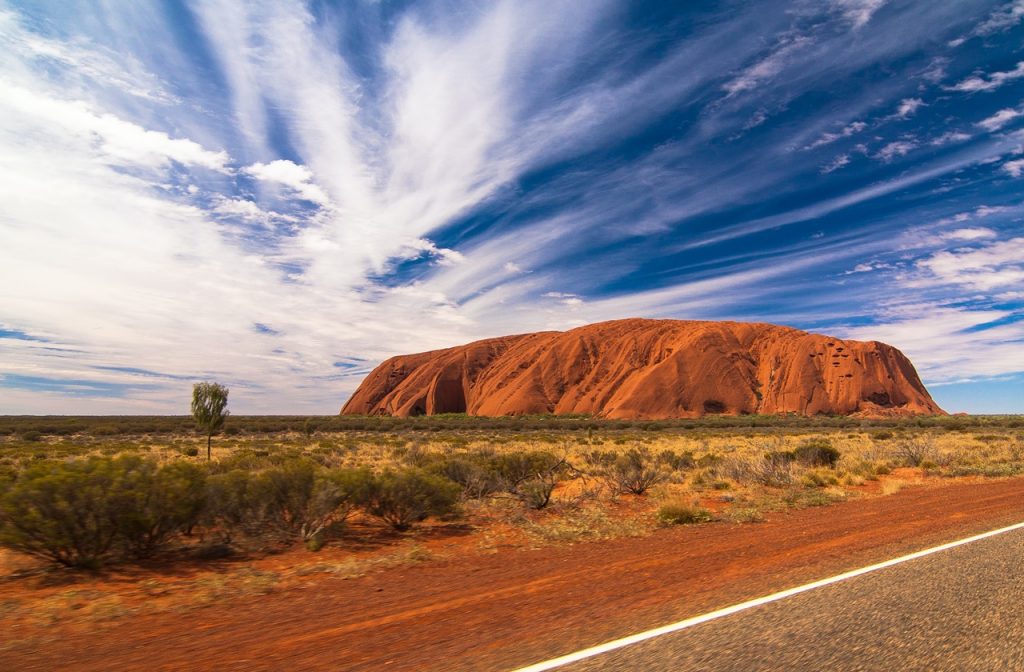
Photo by Photoholgic on Unsplash
Australia’s weather in the Northern Territory is divided into two zones: the Top End and Red Centre. Areas in the Top End include Darwin, Katherine, Kakadu, and Arnhem Land. On the other hand, Alice Springs, Tennant Creek, and the Uluru region make up the Red Centre.
The Top End has a tropical climate with only two seasons: dry and wet, and lasts for six months. Because of this, the region earned its nickname, “The Land of Two Summers”, since sunshine is still prevalent even during the Wet season. The Dry season runs from May to October and is the most popular time to visit the region because of its attractions. Meanwhile, the Wet season runs from November to April, with the pre-monsoon period lasting from October to December.
On the other hand, the Red Centre enjoys four seasons and has a semi-arid climate. Summer runs from December to February, autumn from March to May. In addition to that, winter occurs from June to August, and spring is from September to November. Although January is the wettest month, the overall weather is still dry and arid. The average temperature in autumn ranges from 54–81°F (12–27°C), considered to be the best time to visit the region. Temperatures during winter can drop below freezing, leaving a thick carpet of snow on the ground. Expect cool evenings and thunderstorms in spring.
Queensland
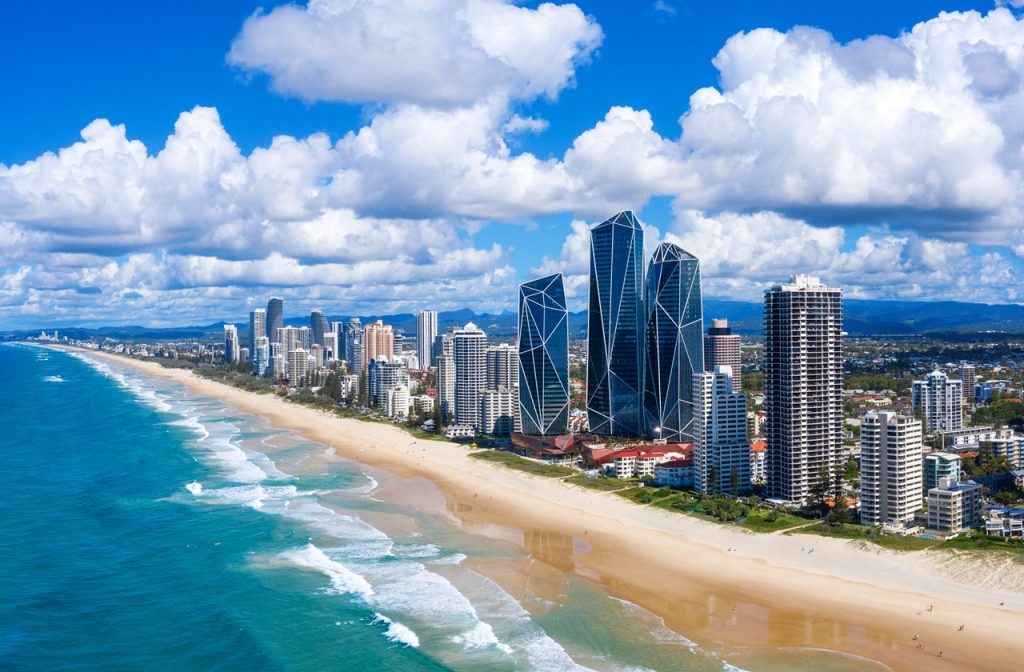
Photo by Zstock on Adobe Stock
Queensland, also known as the Sunshine State, has an average of 300 days of sunshine annually. Because of this, the province experiences pleasant weather throughout the year, with the exception of areas in the far north having tropical weather. The western outback areas in Queensland can be very hot in the summer and the hottest temperature during summer occurs here.
The Australian province experiences four seasons: autumn (March to May), winter (June to August), spring (September to November), and summer (December to February). Rainfall is common from spring to fall, and the winter season has the least precipitation. So, does it snow in Australia, particularly in Queensland? Although snow is rare, it happens every now and then at areas near the border. Light snowfall also has been reported in the southern areas of Queensland.
South Australia
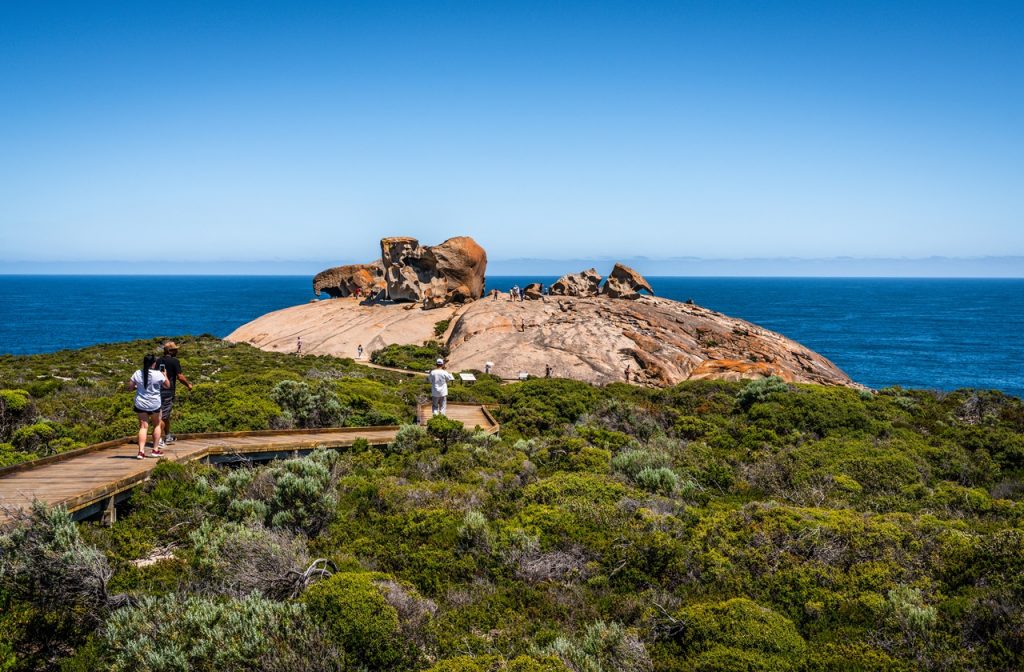
Photo by Keitma on Adobe Stock
South Australia has most of the country’s arid areas. Because of that, the area offers Mediterranean weather, with relatively mild yet wet winter and dry summer days. However, it can be very hot and humid in summer for the areas in the northern desert, although the nights can be cold. In Coober Pedy, a town located northwest, the temperature during summer (December to February) can reach up to 122°F (50°C). Bushfires are also a common and serious occurrence in South Australia during summer.
Although South Australia experiences four seasons, there is little difference between the weather in spring (September to November) and autumn (March to May), with mild temperature and clear and sunny days. Rainfall also occurs during winter from June to August.
Tasmania
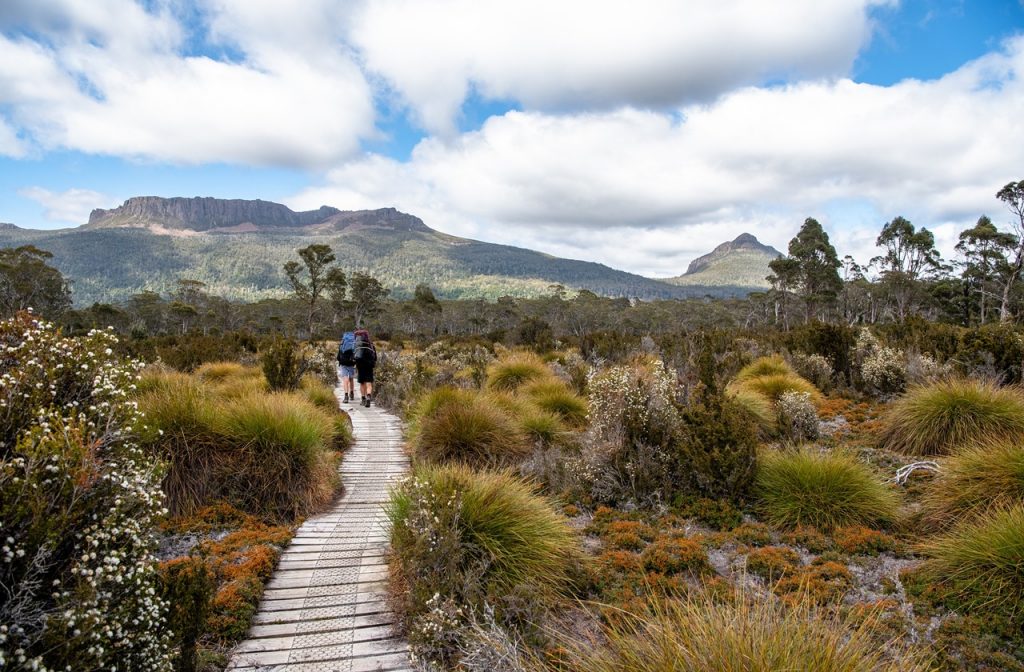
Photo by pen_ash on Pixabay
As compared to other provinces in Australia, Tasmania’s weather boasts four distinct seasons, and its climate is moderate. Summer runs from December to February followed by autumn from March to May. Winter occurs between June and August, and spring from September to November.
Summer in Tasmania is sunny and warm with cool evenings, ideal for exploring the island’s beaches and mountains. The province remains sunny during autumn, although it gets cooler yet pleasant during the evenings. Winter often brings sudden rainfall and storms, and areas with higher elevation have shorter daylight hours. Lastly, temperatures in spring can get mild and crisp, with few occurrences of rainfall. Spring is also perfect for visiting the highlands and lakes.
Victoria
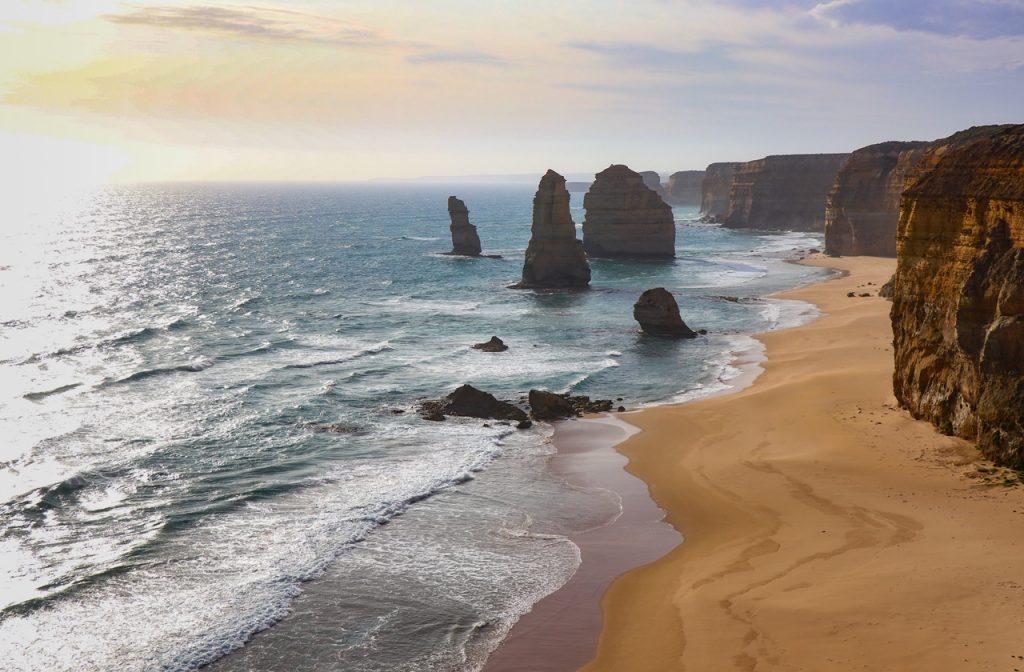
Photo by Mitchell Luo on Unsplash
Victoria experiences four seasons: summer from December through February, autumn from March through May, winter from June through August, and spring in September through November. Because of its varied weather, summers are warm but tend to get hot over the days, and the weather is mild during autumn. Additionally, the air is chilly during winter and cool in spring, making it a perfect destination no matter the season.
Does it snow in Australia, specifically in Victoria, you ask? Well, it does. Snowfall in Victoria occurs from June to the first few weeks of September. The province experiences the hottest days from January through February while October is the wettest month. On the other hand, July is the coldest. Because Victoria is in the southernmost area of the mainland, its weather is cooler and wetter than other territories and provinces.
Western Australia
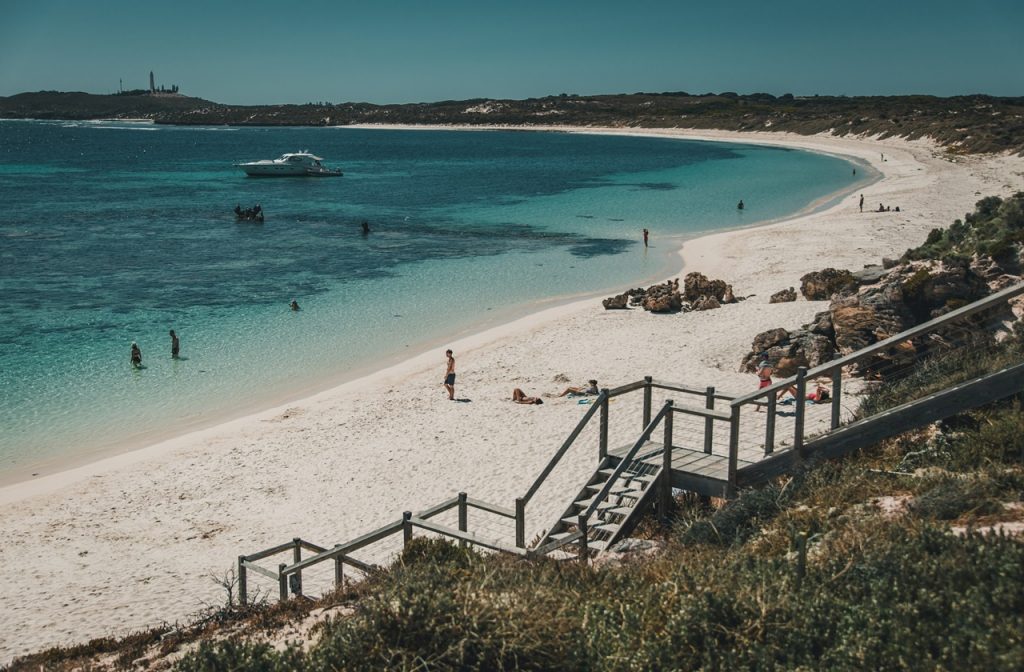
Photo by palinska on Pixabay
Western Australia’s weather is one of the most diverse, if not the most diverse, in the country because of its size, occupying almost one-third of the country. Areas in the north experience only wet or dry seasons, while areas in the south, like Kalbarri National Park, have four distinct seasons: summer, autumn, winter, and spring.
In the north, the weather is mainly tropical. From April to September, the weather is dry, with very hot days and mildly cool nights. Long sunny days and clear skies are normal during the dry season. On the contrary, the wet season from October to March brings in heavy rains and thunderstorms and high humidity.
Meanwhile, in Perth and other southern areas, summers are hot and winters are mild and cool. Summer comes from December to February with little to no rainfall, while there can be few rain showers in autumn from March to May. Autumn in the southern areas can have warm days and cold evenings. On the other hand, rain and thunderstorms occur mostly during winter (June to August). In spring (September to November), there is little rainfall, and expect warm and sunny days.
When Is the Winter in Australia?
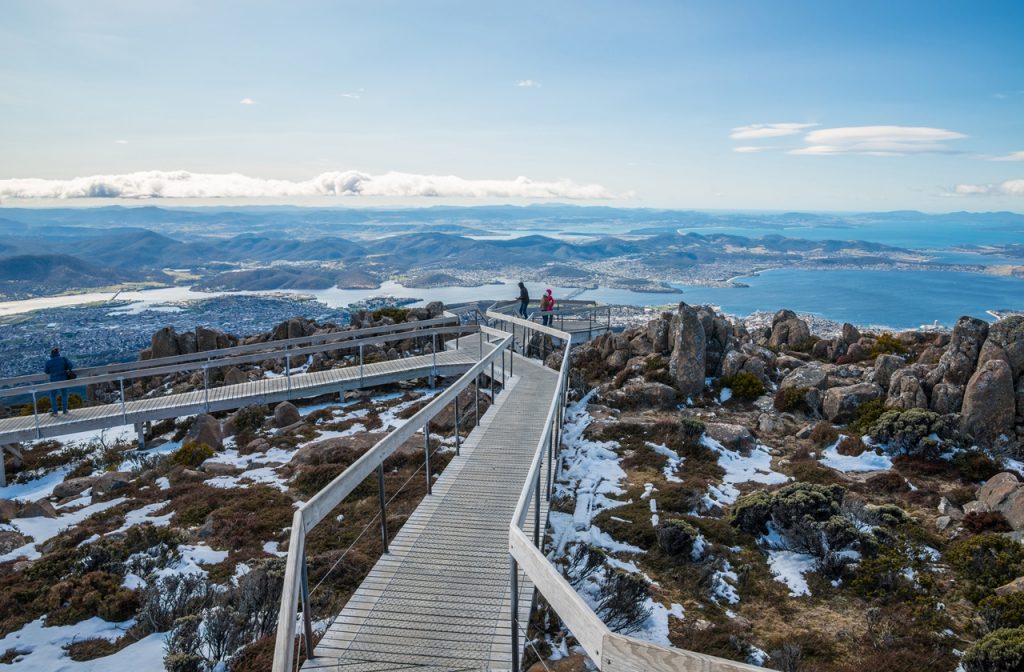
Photo by boyloso on Adobe Stock
Because it is far from the Northern Hemisphere, seasons in Australia are different. Winter in Australia starts in June and ends in August. Winter months are also considered as the coldest months in the country. Furthermore, spring occurs from September to November, summer from December to February, and autumn from March to May.
On the other hand, winter in Northern Territory areas like Darwin, Katherine, Kakadu, and Arnhem Land falls under the “dry season”. July is the coldest month in Australia, and the coldest days and nights in most parts of the country occur within the month.
What Are Winters Like in Australia?
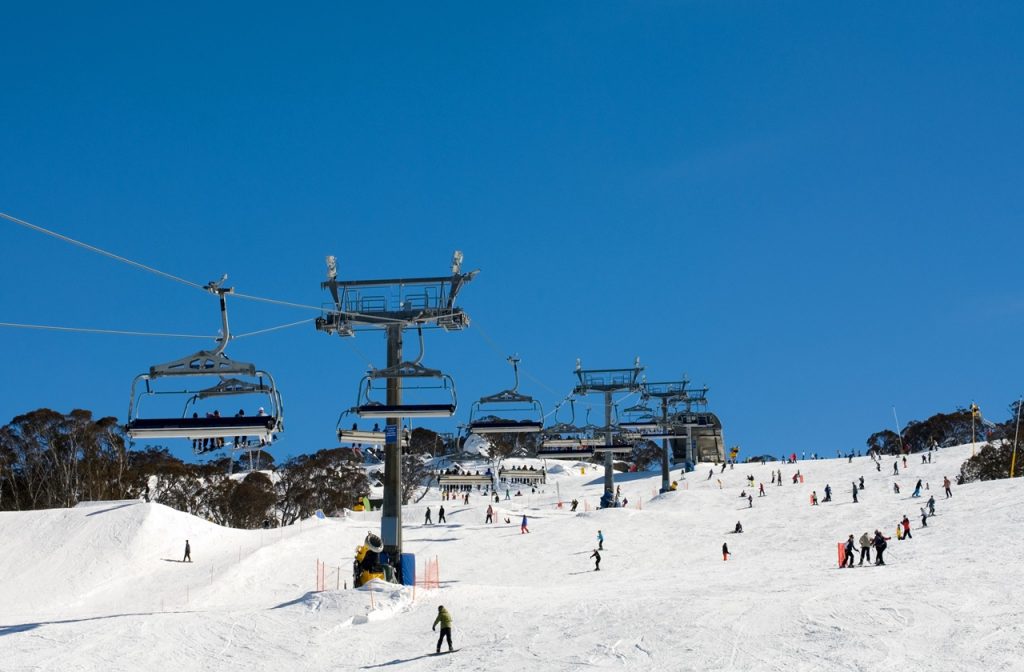
Photo by Phillip Minnis on Adobe Stock
Winter in Australia is sunny yet cool during the day, and cold at night. In cities and provinces in southern areas, temperatures during winter can reach below freezing. However, days are balmy, and temperate and nights are mild for areas in the north. In the mountainous areas, the temperature can drop as low as 42.8°F (6°C). Rainfall occurs in most parts of Tasmania, although it is still generally low in the country.
There are plenty of fun activities to do in Australia during winter, whether these are in the snow-frosted mountains or in the city.
It does snow in some locations in Australia. Snowfall occurs mostly within the Snowy Mountains at New South Wales, the Alpine Region at Victoria, and in mountainous areas of Tasmania. If you plan on skiing, head to Mount Buller or at Mount Baw Baw in Victoria. You may also enjoy other winter activities like snowboarding or even dog sledding. In Tasmania, hike up the snow-capped trails at Cradle Mountain-Lake St Clair National Park and get a chance to see the stunning southern lights.
You can also enjoy other non-snow related activities by heading to the beaches in Exmouth, Whitsundays, and other must-visit beaches in Australia. Winter is also perfect for spotting humpback whales as they migrate. New South Wales and Tasmania are best known for whale watching in May. In June, head to Brisbane, Queensland, and Victoria for whale watching.
Winter in Australia is the best season to visit the desert, particularly areas in the Northern Territory, like Uluru and Ayers Rock. You can enjoy road trips and off-road adventures without worrying about dehydration and overheating, although it is still recommended to bring plenty of water and dress accordingly.
What to Pack When Traveling to Australia During Winter

Photo by New Africa on Adobe Stock
Depending on where you plan on visiting, the weather in Australia during winter can be different. That being said, make sure to know what the weather is like in your destination before packing your things.
If you’re visiting Australia’s southern regions, make sure to pack warm and thermal clothing. Include appropriate winter accessories like beanies, scarves, and waterproof jackets. Winter boots are essential when visiting ski resorts and mountain villas. On the other hand, pack light clothes and cardigans and sweatshirts if you are heading north. Light clothes are ideal for wearing during the daytime, while layering clothes are for colder evenings.
- Weatherproof/waterproof jacket
- Closed-toe shoes
- Winter accessories (applicable if you are heading to the southern regions or in mountainous areas)
- Hoodies, sweaters, and sweatshirts
- Light clothing
- Thermal clothing
- Sunscreen
Explore The Land Down Under in Winter!
Despite its confusing weather, Australia is still a favorite holiday destination. Depending on where you’re heading, you can experience balmy or cool days with a lot of sunshine. Winter in Australia is also the best time to visit the northern regions, especially those in the Top End like Darwin or Queensland. Going on a road trip or camping adventure in the Outback areas is highly recommended during this season.
If you want to experience a white winter, head up to the Australian Alps and go skiing, snowboarding, or sledding. You can also hike Cradle Mountain-Lake St Clair National Park’s snow-capped trails. Additionally, winter is also a cheap time to travel to the Land Down Under, perfect for budget travelers who want fewer crowds.
Now that your “does it snow in Australia?” questions have been answered, why not experience this firsthand? Book your tickets to Australia and get ready for a unique winter holiday!

